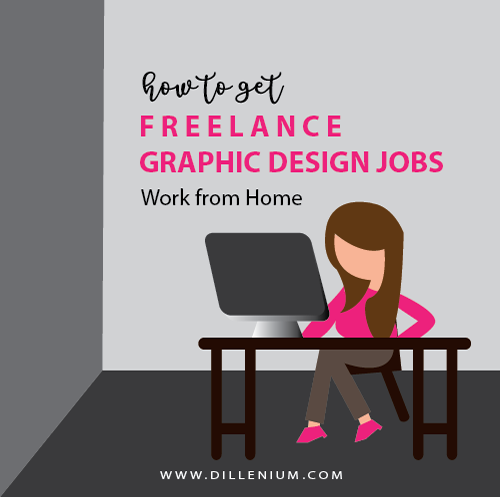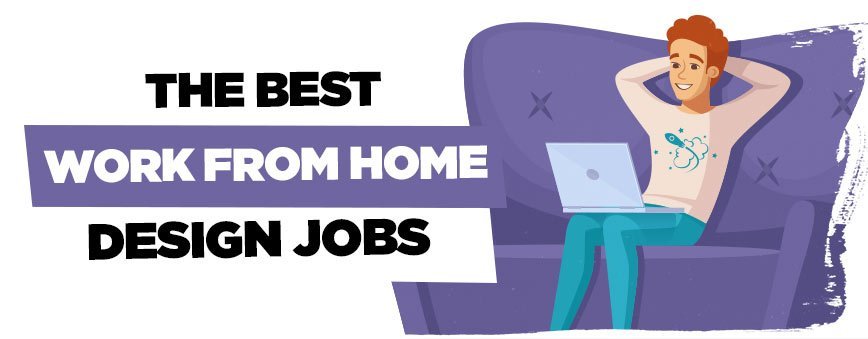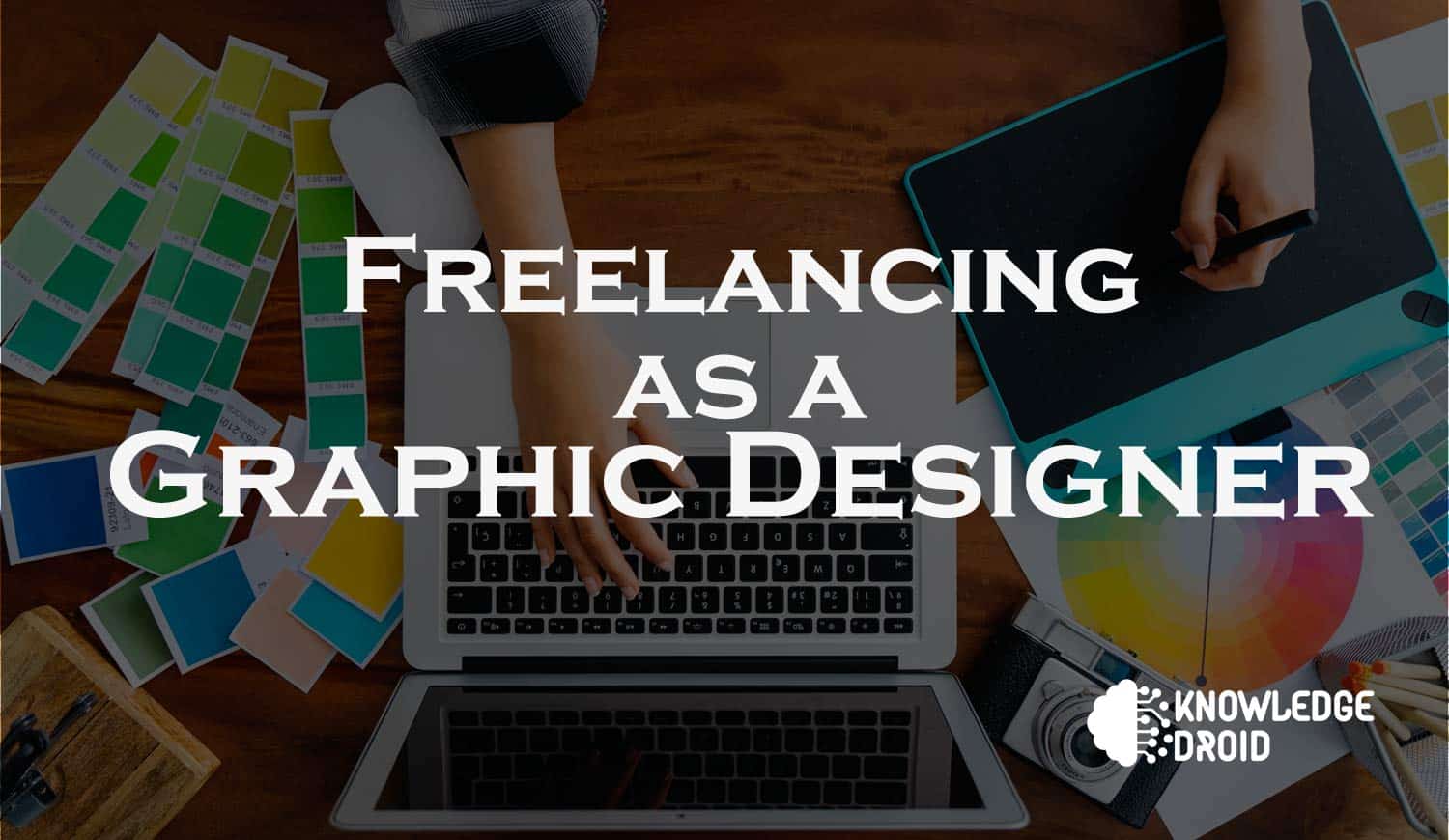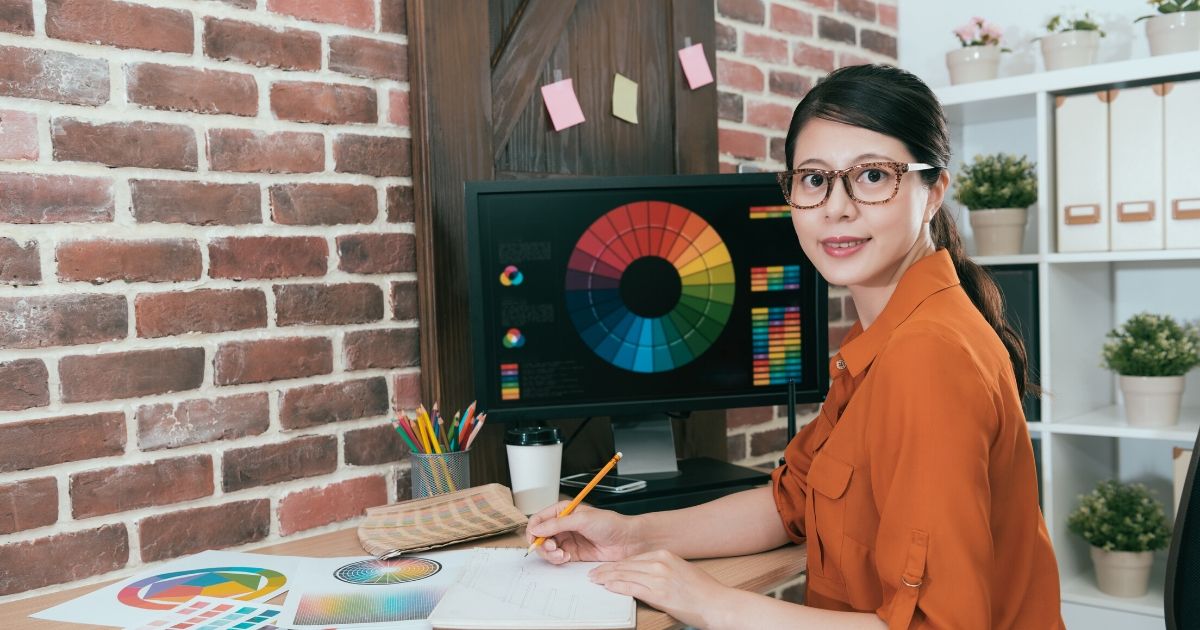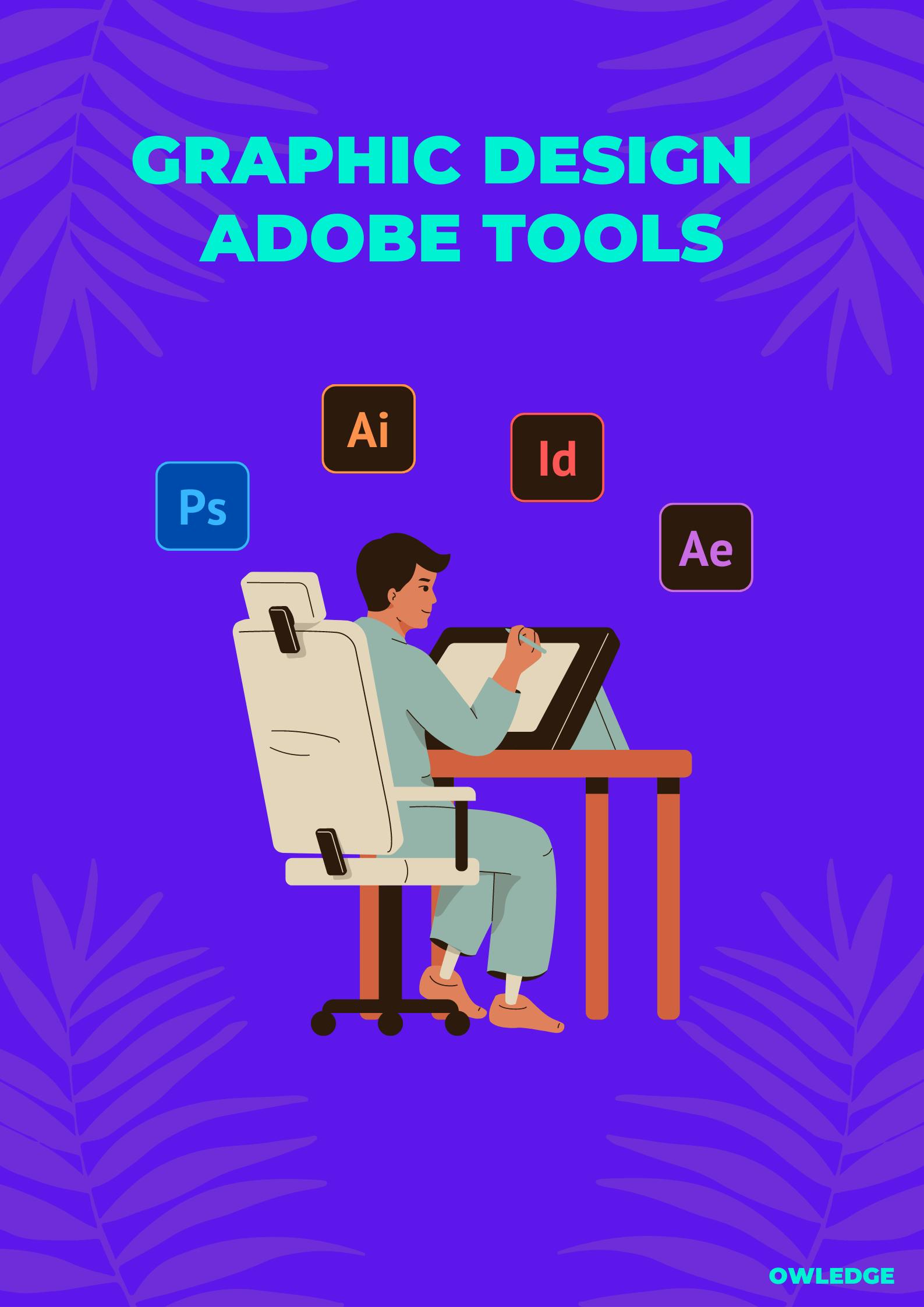Freelance Graphic Design Jobs Work From Home

The digital landscape is transforming, and with it, the nature of work itself. One of the most significant shifts is the rise of freelance graphic design, increasingly conducted from the comfort and convenience of home offices. This burgeoning trend presents both unprecedented opportunities and unique challenges for designers and the businesses seeking their creative talents.
At the heart of this transformation lies the freelance graphic design sector, fueled by technological advancements and a growing desire for flexible work arrangements. This article delves into the world of freelance graphic design jobs that can be done from home, exploring its prevalence, the skills required, the platforms that facilitate connections, the benefits and drawbacks for both designers and clients, and the future trajectory of this rapidly evolving industry.
The Rise of Remote Graphic Design
The demand for freelance graphic designers has surged in recent years. According to a report by Statista, the global freelance market is expected to continue its growth trajectory, with a significant portion attributed to creative services like graphic design.
Several factors contribute to this trend. The increasing need for visually appealing content across various digital platforms, the cost-effectiveness of hiring freelancers compared to full-time employees, and the access to a wider talent pool are all driving forces.
Platforms and Opportunities
Online platforms are instrumental in connecting freelance graphic designers with potential clients. Sites like Upwork, Fiverr, and Toptal serve as marketplaces where designers can showcase their portfolios, bid on projects, and manage their client relationships.
LinkedIn is also becoming an important platform, where designers can network, find job postings, and build their professional brand. Niche platforms focusing specifically on graphic design, such as Dribbble and Behance, offer opportunities to display work and attract clients seeking unique styles.
Essential Skills and Tools
Success in freelance graphic design requires a diverse skill set. Beyond artistic talent and a strong understanding of design principles, proficiency in industry-standard software is essential.
Software programs like Adobe Photoshop, Illustrator, and InDesign are indispensable tools for most designers. A solid grasp of typography, color theory, layout design, and branding is also crucial.
Furthermore, soft skills such as communication, time management, and project management are vital for managing client expectations and delivering projects on time and within budget.
Benefits and Drawbacks
For graphic designers, the appeal of working from home as a freelancer is clear. Flexible hours, the ability to choose projects, and the potential for higher earnings are significant advantages.
However, freelancing also presents challenges. Inconsistent income, the need for self-discipline, the responsibility of managing taxes and administrative tasks, and the potential for isolation are drawbacks that must be considered.
For businesses, hiring freelance graphic designers offers several benefits. Access to specialized skills, cost savings compared to hiring full-time employees, and the ability to scale design resources up or down as needed are compelling advantages.
Potential downsides include the need for clear communication, the risk of inconsistent quality, and the challenges of managing remote workers. Establishing clear expectations, providing detailed briefs, and utilizing project management tools are essential for mitigating these risks.
The Client Perspective
Many businesses find freelance graphic designers a cost-effective and efficient solution. Startups and small businesses often rely on freelancers for branding, marketing materials, and website design without the overhead of a full-time employee.
Established corporations also leverage freelancers for specialized projects or to supplement their in-house design teams during peak seasons. The key to a successful client-freelancer relationship lies in clear communication and well-defined project scope.
"We've found that hiring freelance graphic designers allows us to access a wider range of talent and expertise than we could afford with a full-time staff," says Jane Doe, Marketing Director at a tech startup.
The Future of Freelance Graphic Design
The future of freelance graphic design appears bright, with continued growth expected in the coming years. Technological advancements will likely further empower designers, with new tools and platforms emerging to streamline workflows and enhance collaboration.
The rise of artificial intelligence (AI) may also impact the industry, with AI-powered tools potentially automating some of the more repetitive design tasks. However, human creativity and strategic thinking will remain essential, ensuring that graphic designers continue to play a vital role in shaping visual communications.
As the freelance market evolves, designers will need to adapt and embrace new technologies and skill sets to remain competitive. Building a strong online presence, continuously updating skills, and cultivating a network of clients and collaborators will be crucial for long-term success.
Conclusion
Freelance graphic design jobs that can be done from home represent a significant shift in the way creative work is being performed. This trend offers benefits for both designers and businesses, creating a dynamic and evolving landscape. While challenges exist, the opportunities for skilled and adaptable designers are vast, promising a future where remote work and creative expression are increasingly intertwined.





